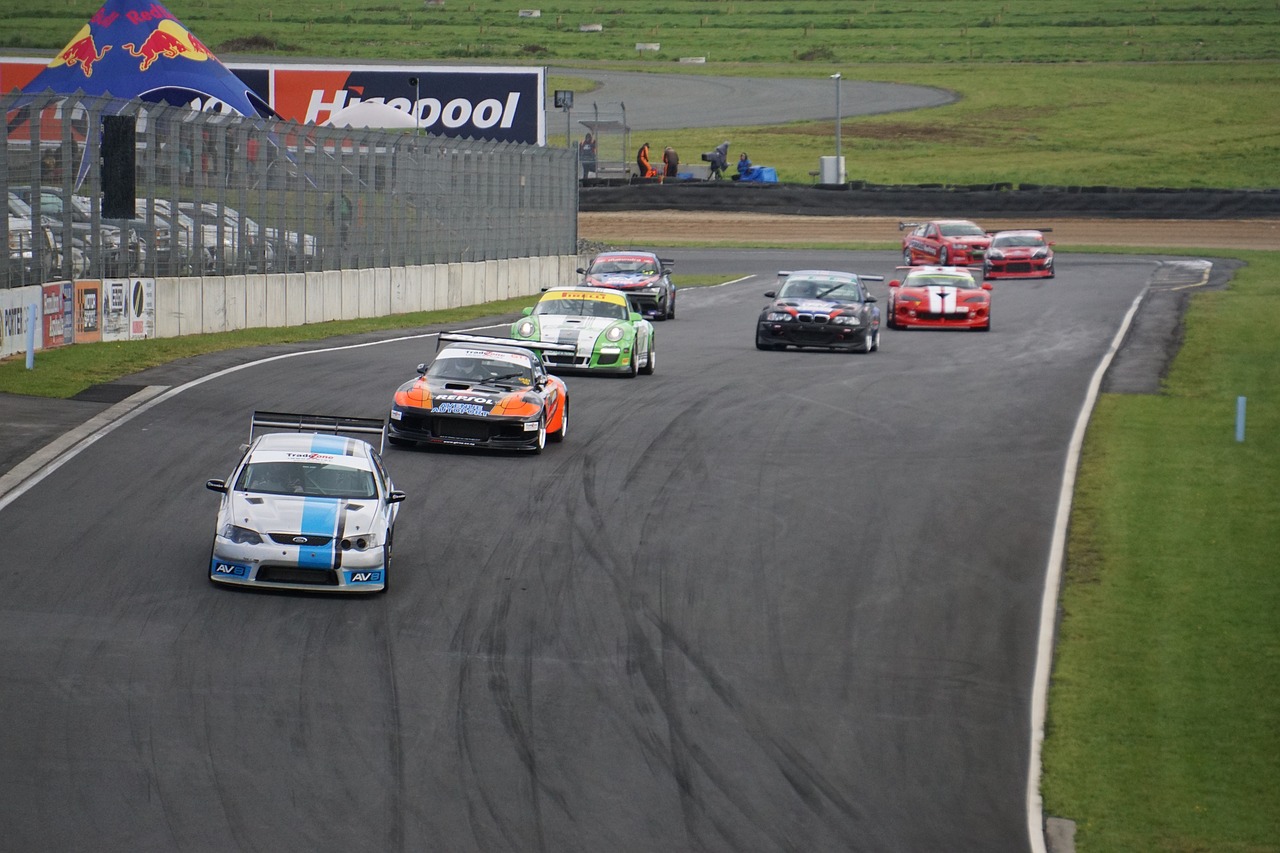Car competitions have long played a pivotal role in driving innovation within the automotive industry. These events, ranging from design awards to performance challenges, not only celebrate engineering excellence but also act as catalysts for technological advancements, sustainability, and market competitiveness. With the added allure of prizes such as the chance to win a car, these contests attract global attention and participation.
Catalysts for Innovation
Car competitions foster innovation by challenging participants to push the boundaries of design, efficiency, and technology. Events like the Progressive Insurance Automotive X Prize have set benchmarks for super-efficient vehicles, requiring entrants to achieve 100 MPGe fuel efficiency while maintaining low emissions and mass-market viability. The winners of such competitions often introduce groundbreaking technologies that influence mainstream automotive manufacturing.
Similarly, the A’ Car and Land Based Motor Vehicles Design Award celebrates excellence in categories like electric vehicles (EVs), autonomous cars, and hybrid models. Past winners have showcased sustainable mobility solutions that prioritise environmental responsibility and user experience, such as Chery Automobile’s Exeed Es Electric Vehicle.
Competition as a Driver of Sustainability
Many modern car competitions emphasise sustainability, reflecting global priorities like reducing carbon emissions and transitioning to renewable energy sources. For example, the Automotive X Prize focused on vehicles that could combat climate change by minimising CO2 emissions while maintaining high performance. These competitions inspire manufacturers to integrate green technologies into their designs, accelerating the industry’s shift toward eco-friendly solutions.
Encouraging Collaboration and Market Competitiveness
Car competitions often foster collaboration between manufacturers, designers, and research institutions. This virtual integration enables companies to develop comprehensive systems rather than isolated components. For instance, connected vehicle systems powered by IoT technologies are becoming increasingly prevalent due to such collaborative efforts.
Moreover, open competition encourages global players to innovate continuously. Historical examples demonstrate how international rivalry has driven technological advancements—from German automakers responding to American and Japanese challenges to emerging markets like China reshaping global automotive dynamics.
Public Engagement and Education
Competitions also play an educational role by engaging students and the public in advanced vehicle technologies. Programs associated with events like the Automotive X Prize encourage learning about energy efficiency, alternative fuels, and STEM disciplines. This broadens awareness of automotive innovation and inspires future generations of engineers.
Car competitions are more than just platforms for showcasing automotive excellence—they are engines of innovation that shape the industry’s future. By incentivising breakthroughs in design, sustainability, and technology, these events ensure that manufacturers remain competitive while addressing global challenges such as climate change. Whether through prestigious awards or opportunities to win a car, these contests continue to drive progress in one of the world’s most dynamic industries.



































